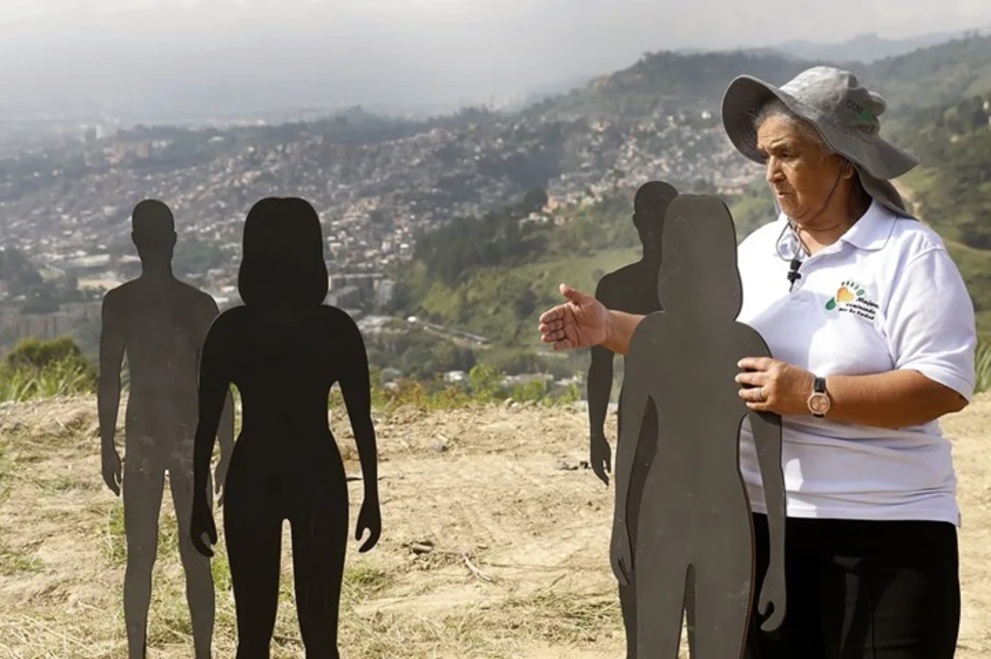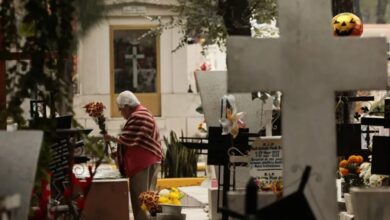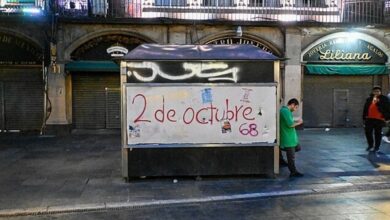Colombia’s Landfill of Truth Unearths Medellín’s Long-Buried Disappearances

On the slopes of Medellín’s Comuna 13, a rubble dump has become a graveyard of memory. As forensic teams exhume bones at La Escombrera, families stand guard—demanding the city confront the paramilitary violence it once buried beneath construction debris.
A Landfill of Memory
The sound is steady, almost metronomic: sifters lifting and falling, soil rattling through mesh, eyes straining for the glint of cloth or bone. For decades, La Escombrera was known only as a dump where trucks tipped rubble from Medellín’s construction boom. Now it is a crime scene. Since July 2024, investigators from Colombia’s Special Jurisdiction for Peace (JEP) have dug trenches into its flank, confirming what families long insisted—this hillside holds the dead. In just eight months, six sets of remains have surfaced.
The Associated Press, granted access to the excavation, watched forensic teams work in silence under the gaze of women who refuse to leave. Among them is 61-year-old Luz Elena Galeano, scanning each tray of sifted dirt for her husband, who vanished in 2008. She described the latest discoveries: “You could still see the ropes they were tied with and how they were all in a fetal position.” Her vigil, repeated daily by dozens of women, is a rebuke to years of dismissal. Nearly 500 people disappeared in this district since the 1970s, part of a national toll that exceeds 120,000 between 1985 and 2016. Every shovel here unsettles the city’s silence.
Women Who Refuse to Look Away
Galeano last spoke to her husband, Luis Javier Laverde Salazar, on a December afternoon in 2008. He promised to be home for dinner. He never arrived. She believes paramilitaries killed him and hid his body in La Escombrera. For her, the dig is both unbearable and necessary. “The discovery of human remains was significant in letting the country know that we are not crazy, that we are not liars,” she said, speaking for Women Walking for Truth, the group she co-founded in 2022 to defend victims of forced disappearances.
Their presence at the site is more than symbolic. They make coffee for forensic workers, trade rumors about finds, and recite the names of the missing. The details they carry—the chipped tooth of a son, the red sweater of a brother—are clues archives never preserved. Those clues now align with bones, vindicating years of testimony brushed aside. Where officials once saw hysteria, investigators now see evidence. What holds the excavation together is the memory that never gave up.
Operation Orion’s Long Shadow
The trenching at La Escombrera also reopens the wounds of Comuna 13’s violent past. From 2001 to 2004, security forces launched more than thirty offensives to expel guerrilla fighters from the hillside district. The most infamous, Operation Orion in October 2002, sent soldiers, police, and helicopters into the streets. Some hailed it as restoring order. Many residents remember only arbitrary arrests, abuses, and disappearances.
According to Justice Gustavo Salazar, who leads the JEP investigation, La Escombrera soon became a paramilitary base. “People detained by these groups were taken there to be interrogated, tortured, or simply killed and buried, under the belief that their bodies would never be found,” he told the AP. Testimony from ex-paramilitaries, satellite images, and case files guided today’s dig, a corrective to a failed 2015 attempt that yielded nothing and deepened families’ distrust. While paramilitaries are blamed for most burials, investigators are also examining possible collusion by state forces.
The excavations have reignited national arguments. Allies of former President Álvaro Uribe, who ordered Orion, defend the operation and accuse the JEP of political bias. Current President Gustavo Petro, long a critic of Orion, calls the findings proof of the state-paramilitary nexus he has denounced. In this way, the trenches are not just forensic—they are political mirrors, reflecting a divided memory of war.

EFE@Luis Eduardo Noriega A
From Excavation to Memory
For 62-year-old Margarita Restrepo, the bones uncovered in July cracked open a dread she has lived with since her 17-year-old daughter Carol vanished during Orion. Investigators told her that one skeleton belonged to a girl aged 16 to 18 with “perfect teeth”—just like Carol. She now waits for DNA tests, staring from her home at the hillside where she believes her child has always lain. “We want all this pain to be captured there … and for the story to be told truthfully and respectfully to the country,” she said to the AP, urging a memorial when the digging ends.
Some graves lie less than half a meter deep, shallow enough that bones remain intact. That offers hope of identification. Yet families say hundreds more may be buried across this ridge and beyond. “Since 2001, we’ve been reporting that there may be more than 350 bodies, but we haven’t been heard,” Galeano said, pointing toward another mountain she suspects conceals clandestine pits.
Also Read: Mexico’s Fentanyl Triangle Ties U.S. Overdoses to Mexico’s Gun Violence
La Escombrera is now more than a landfill. It is a ledger of absence becoming testimony. Each bone restored to a family is also a fragment restored to Colombia’s history. The excavation teaches that peace is not signed only in accords but in soil—when the missing are named, and the city that once buried them accepts its responsibility to remember.





